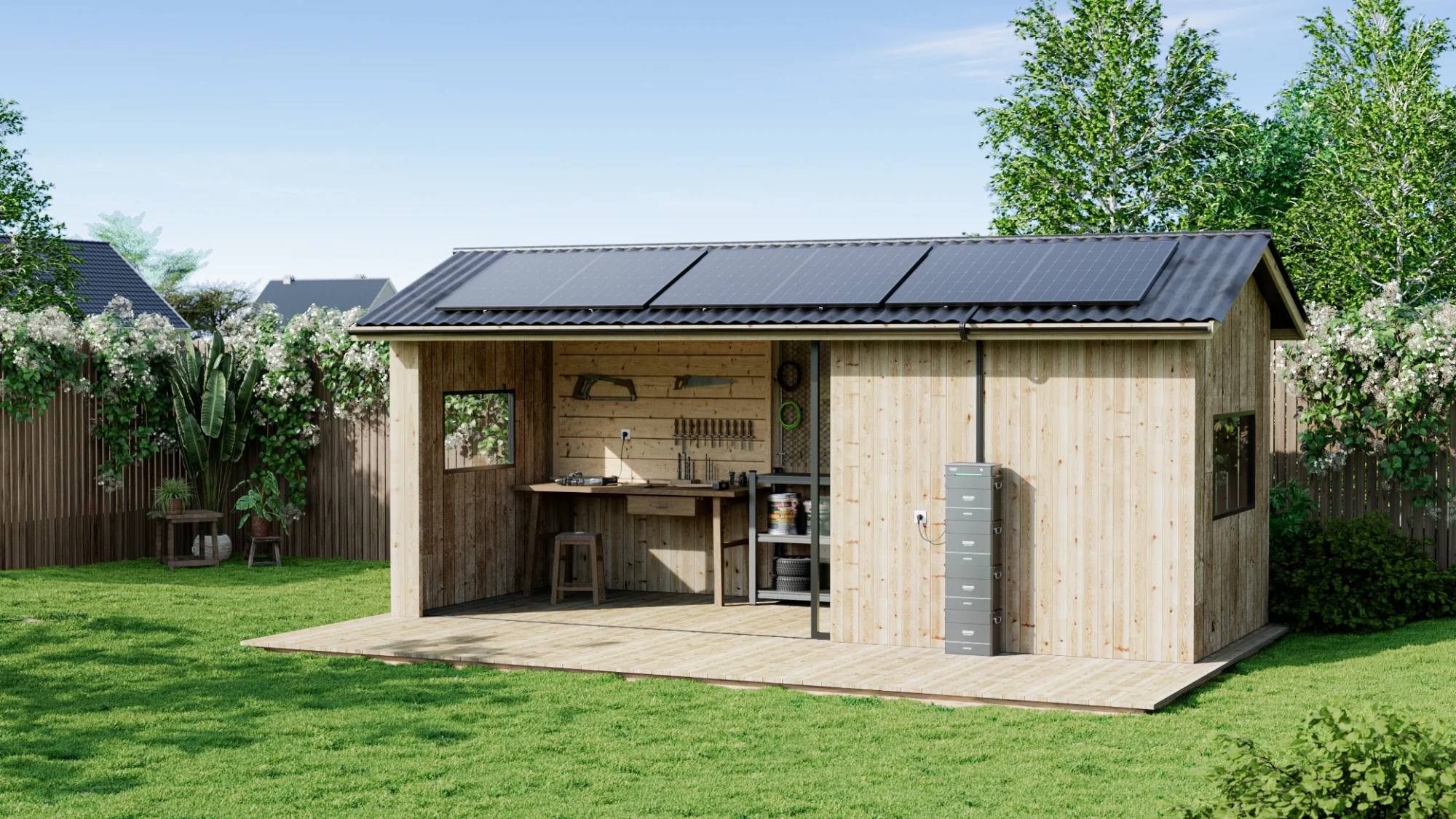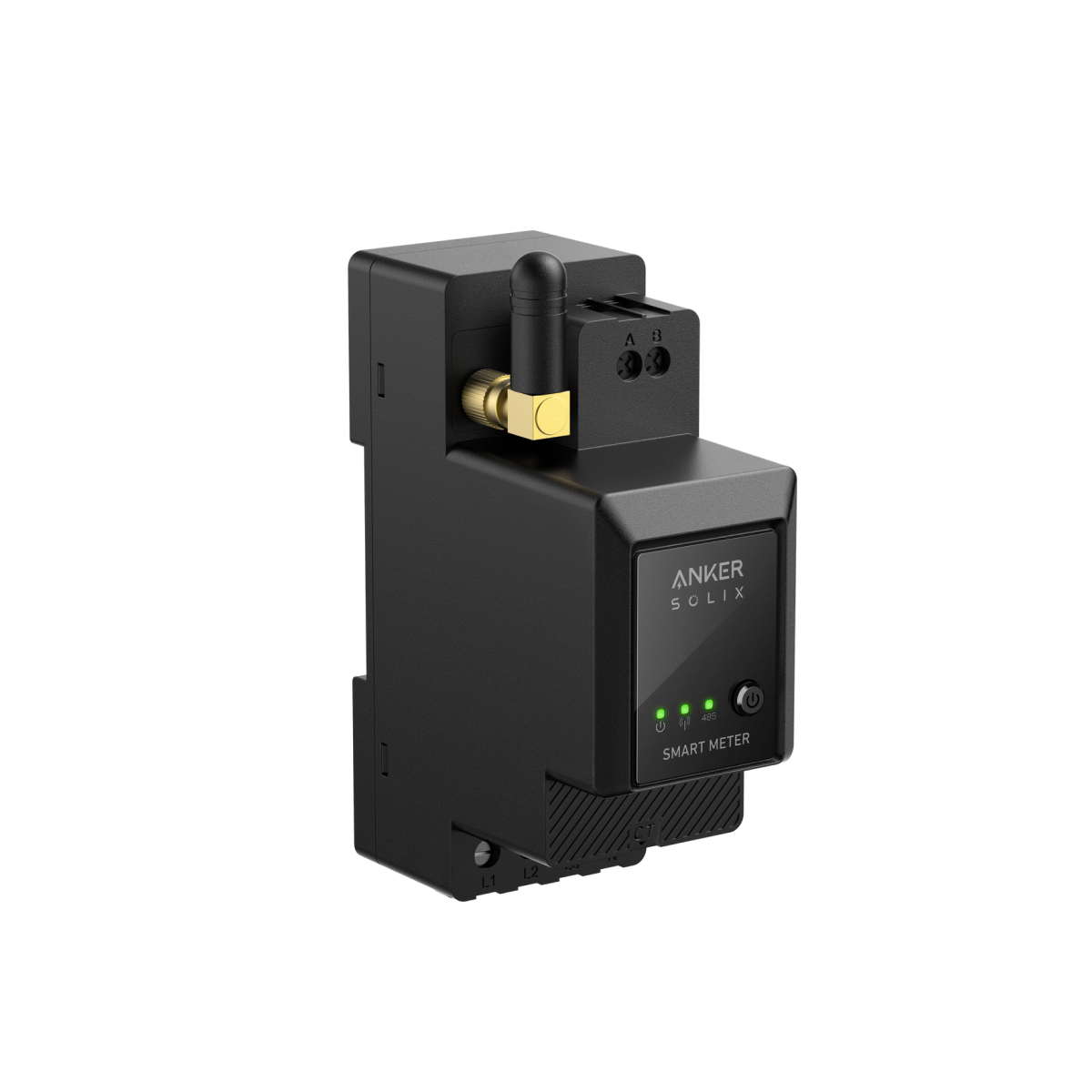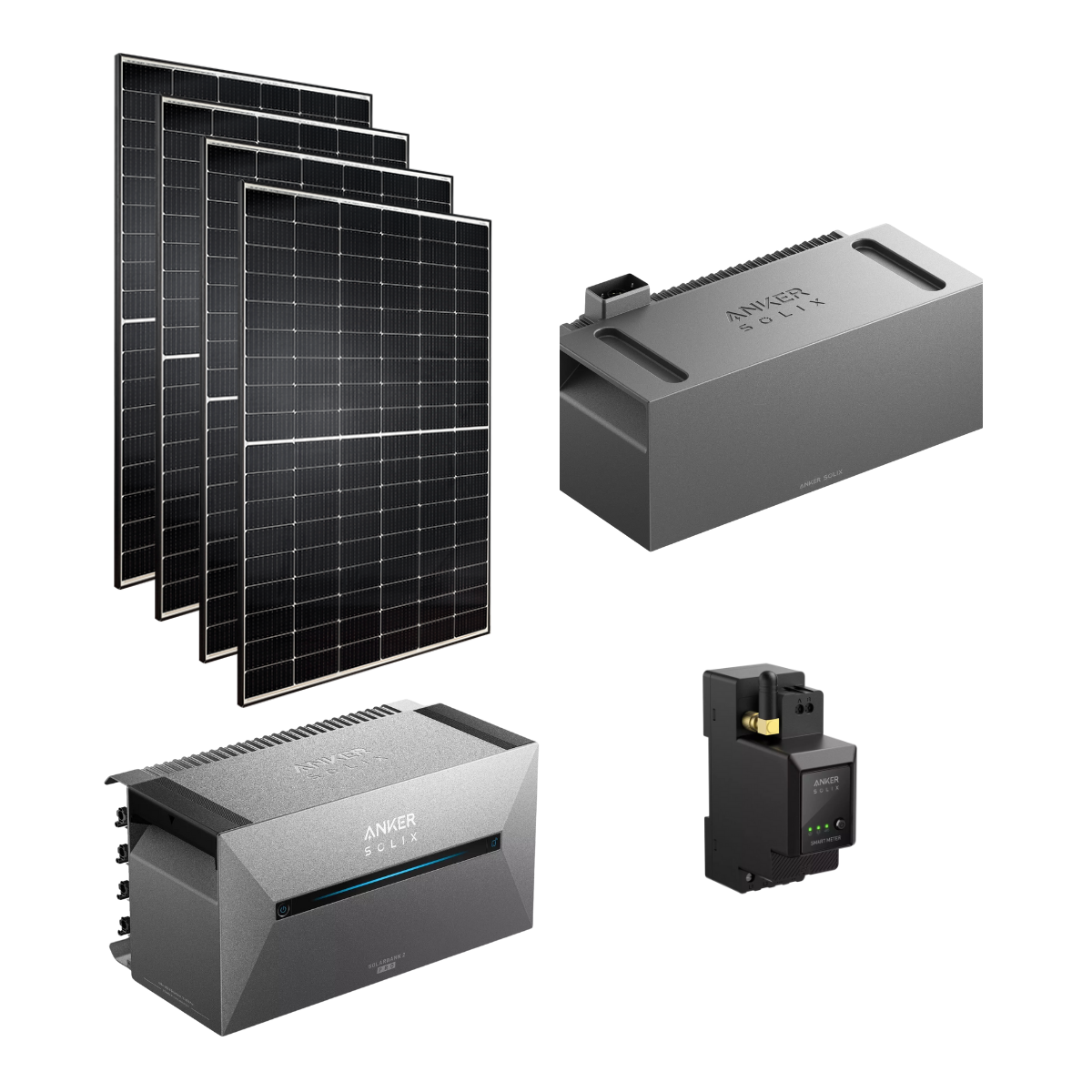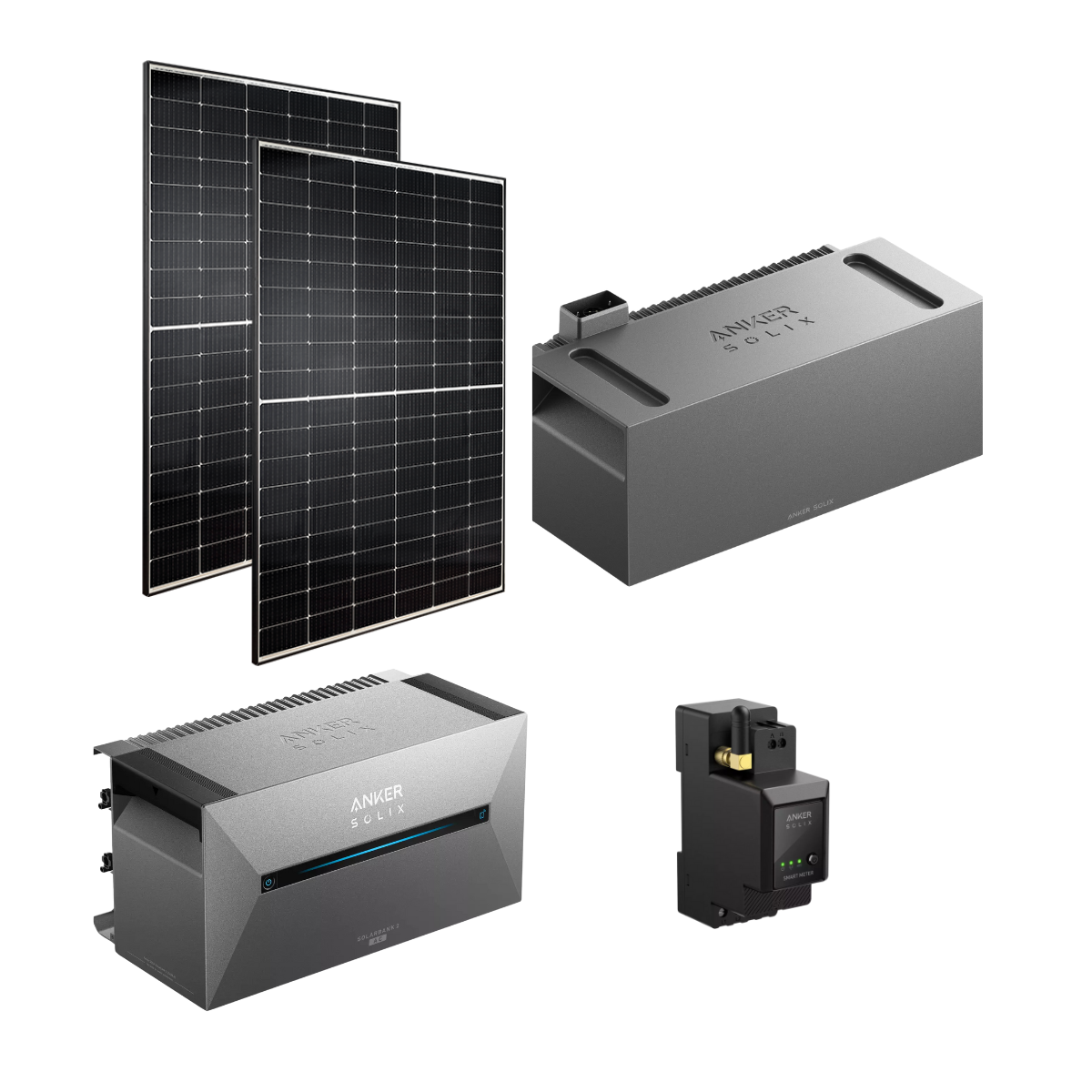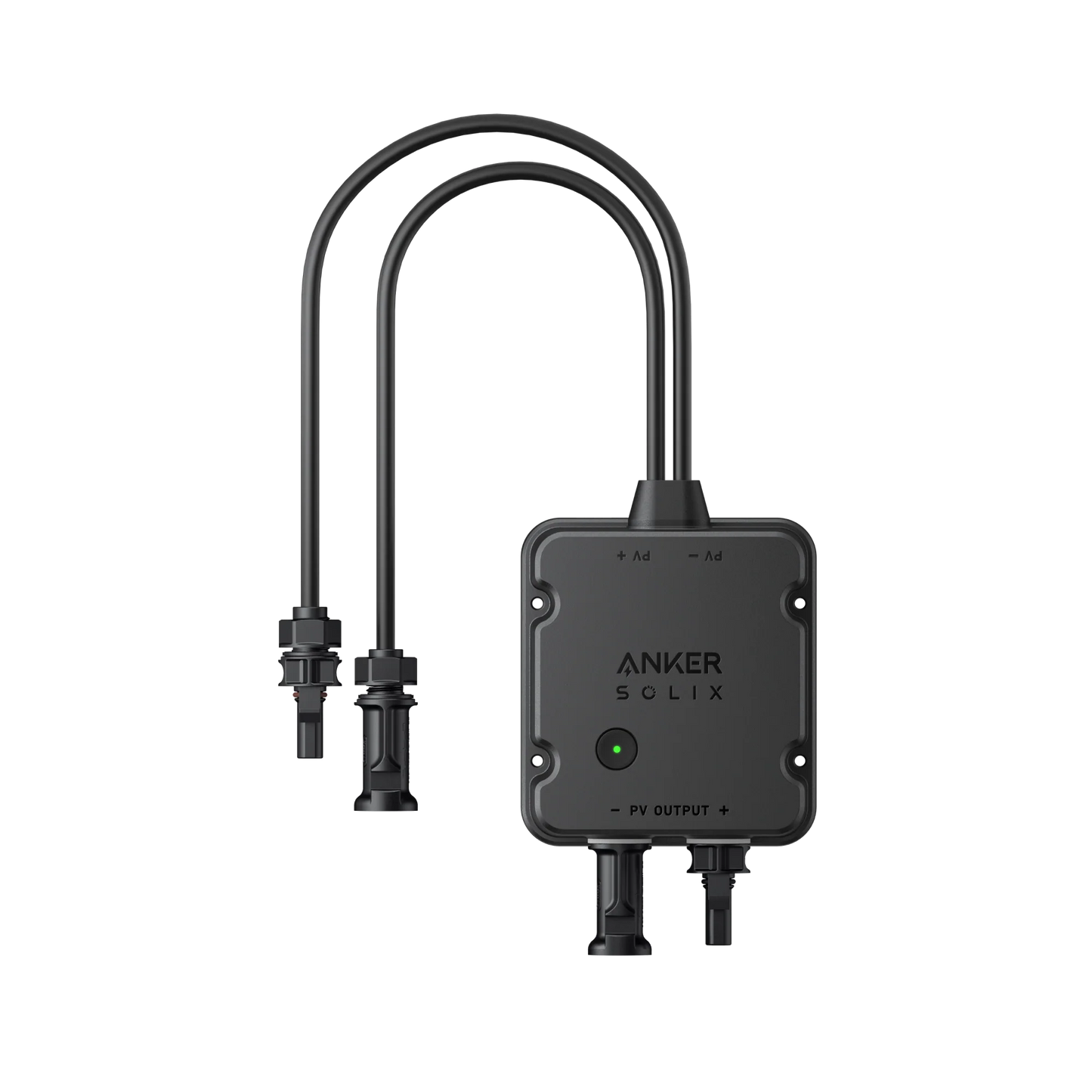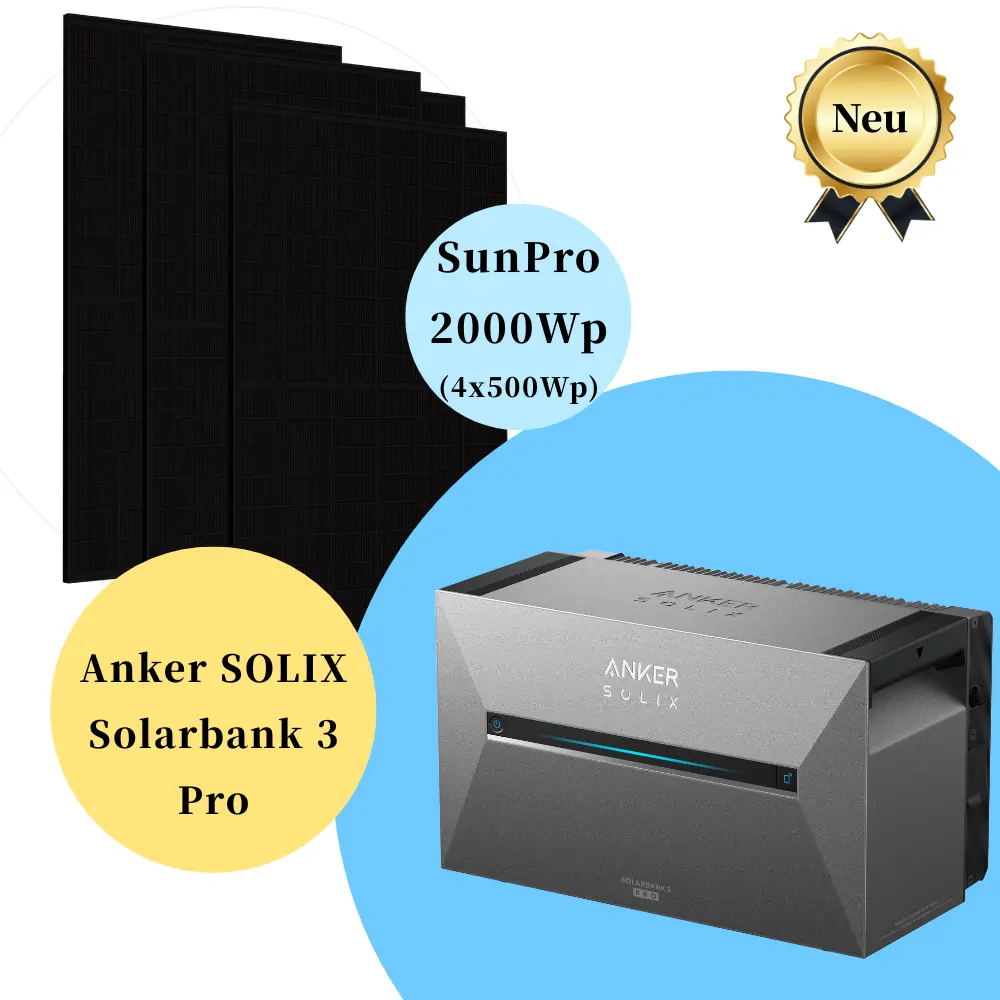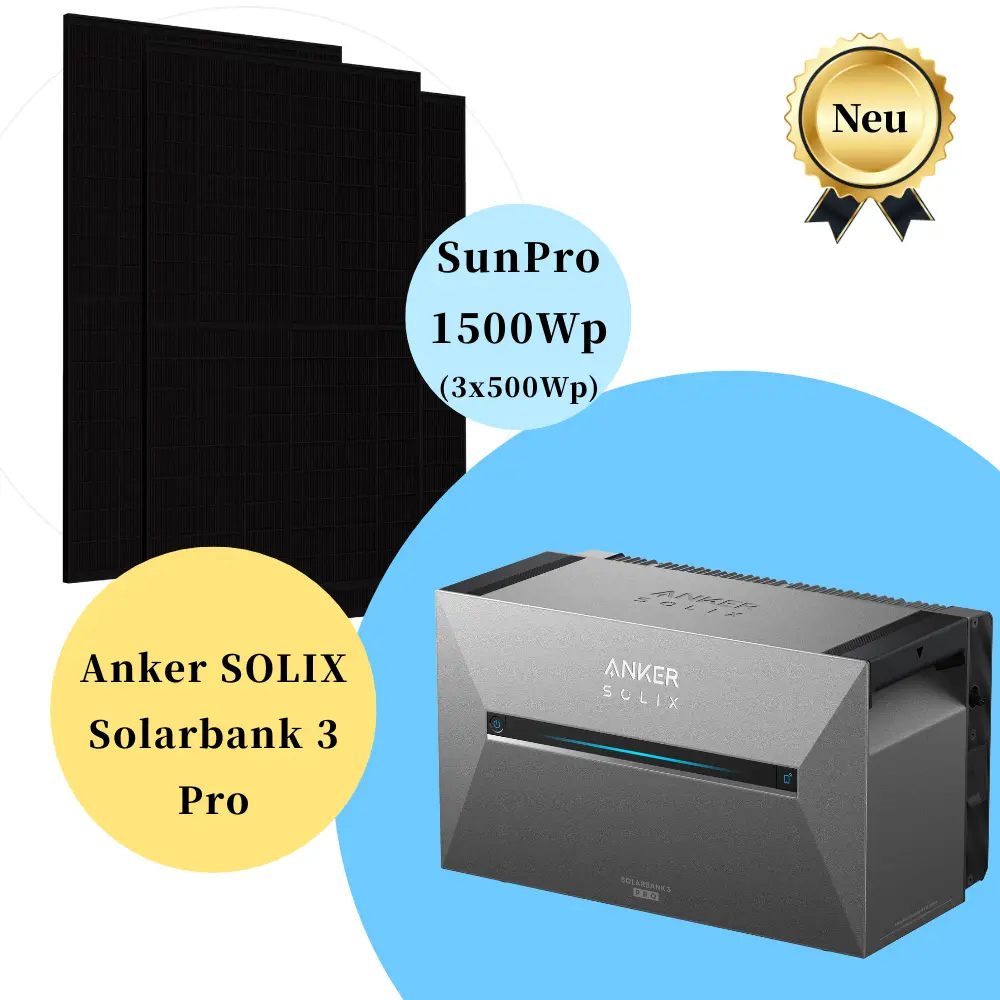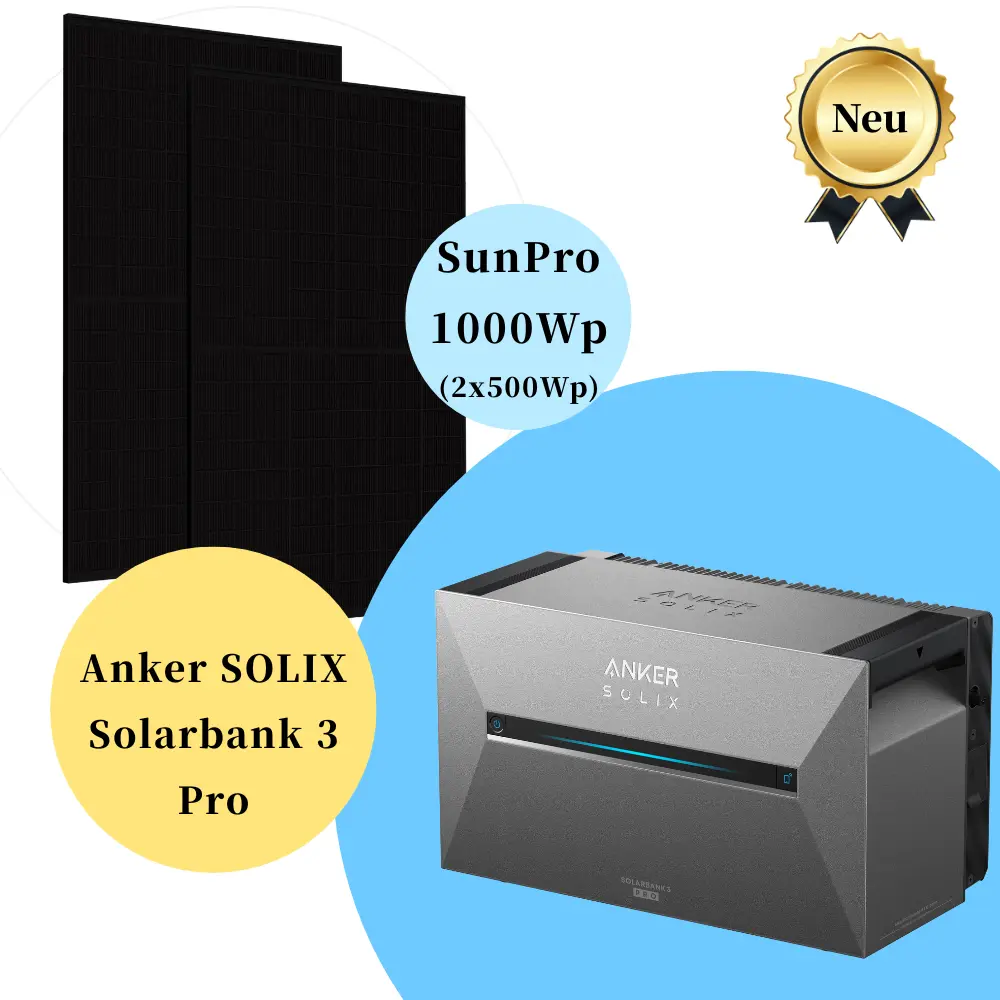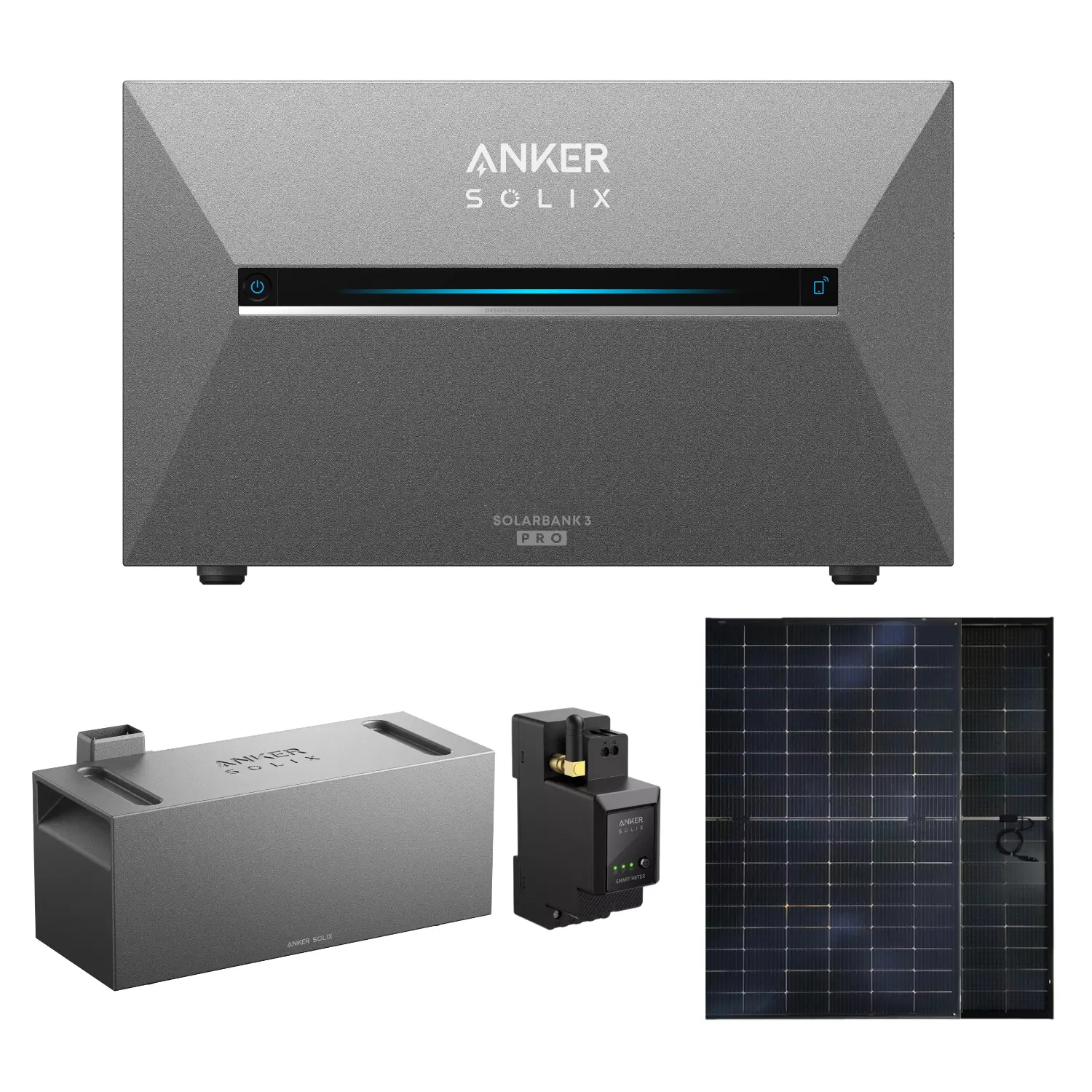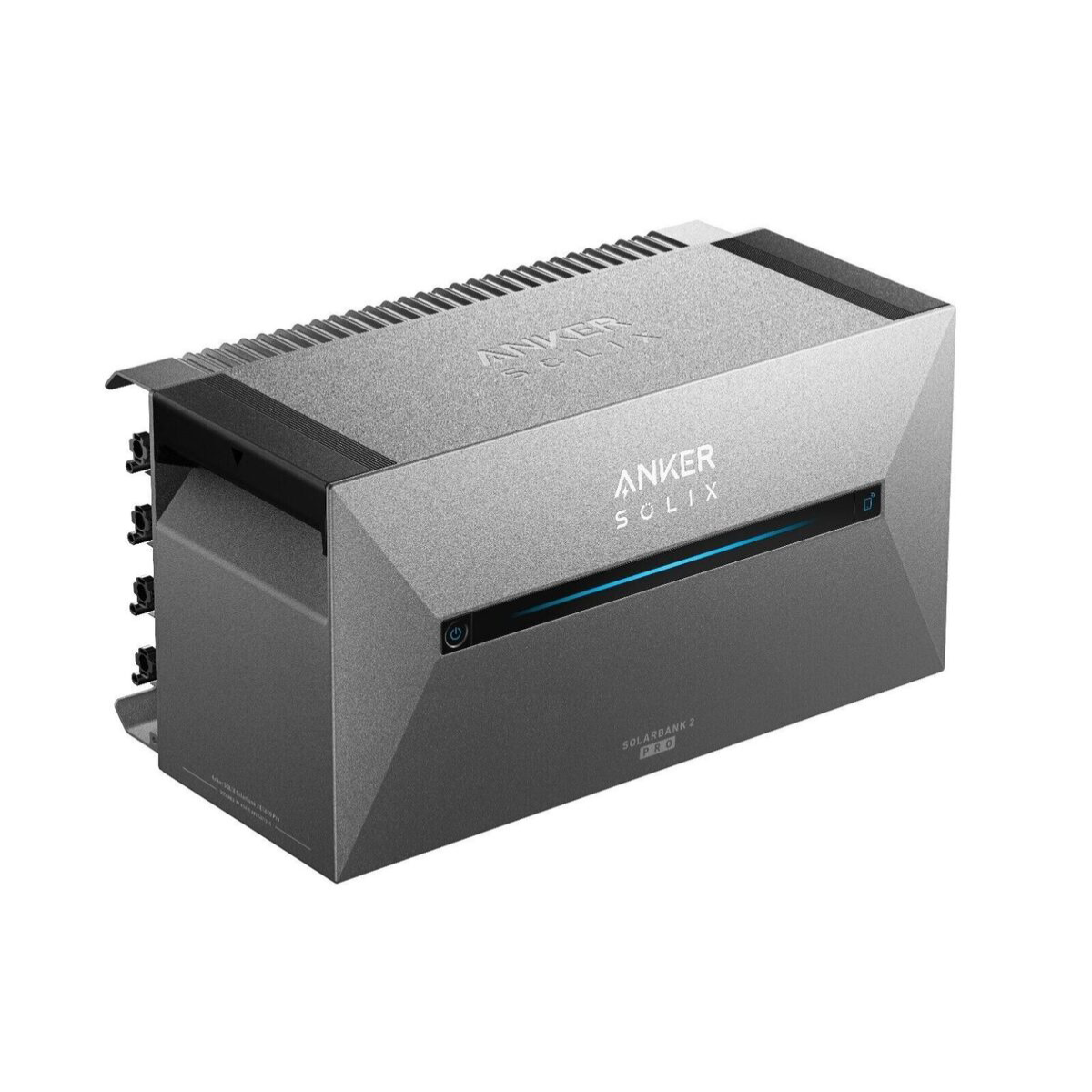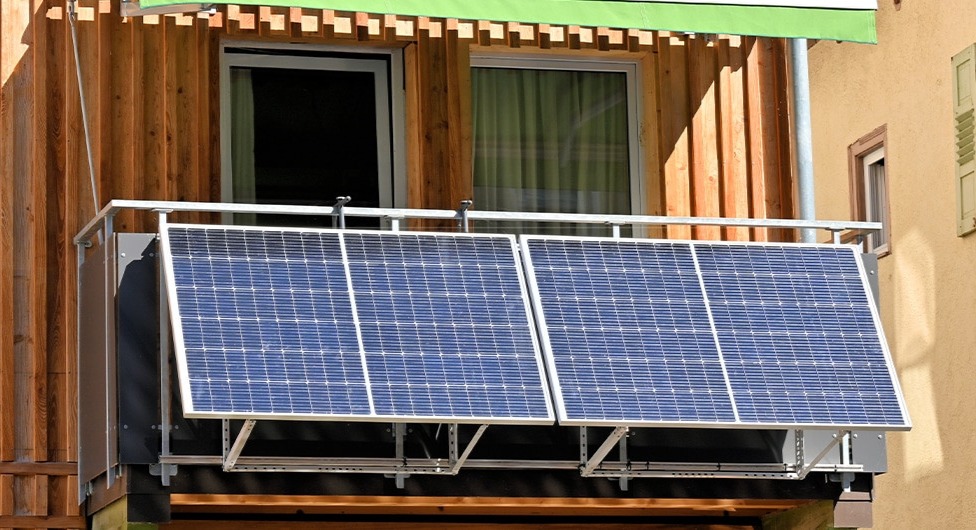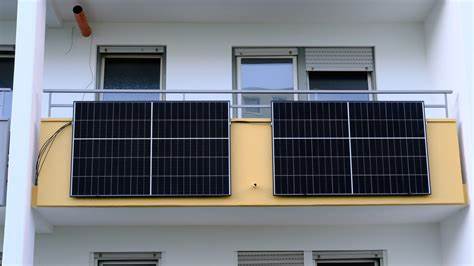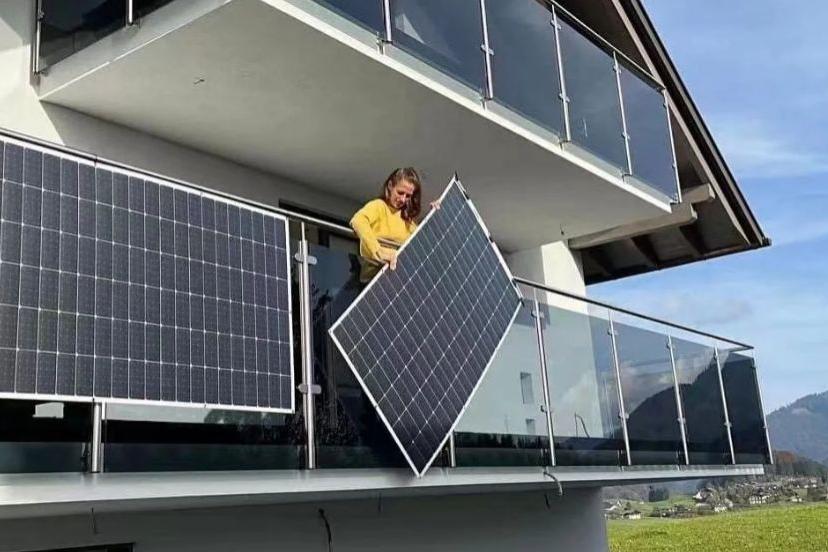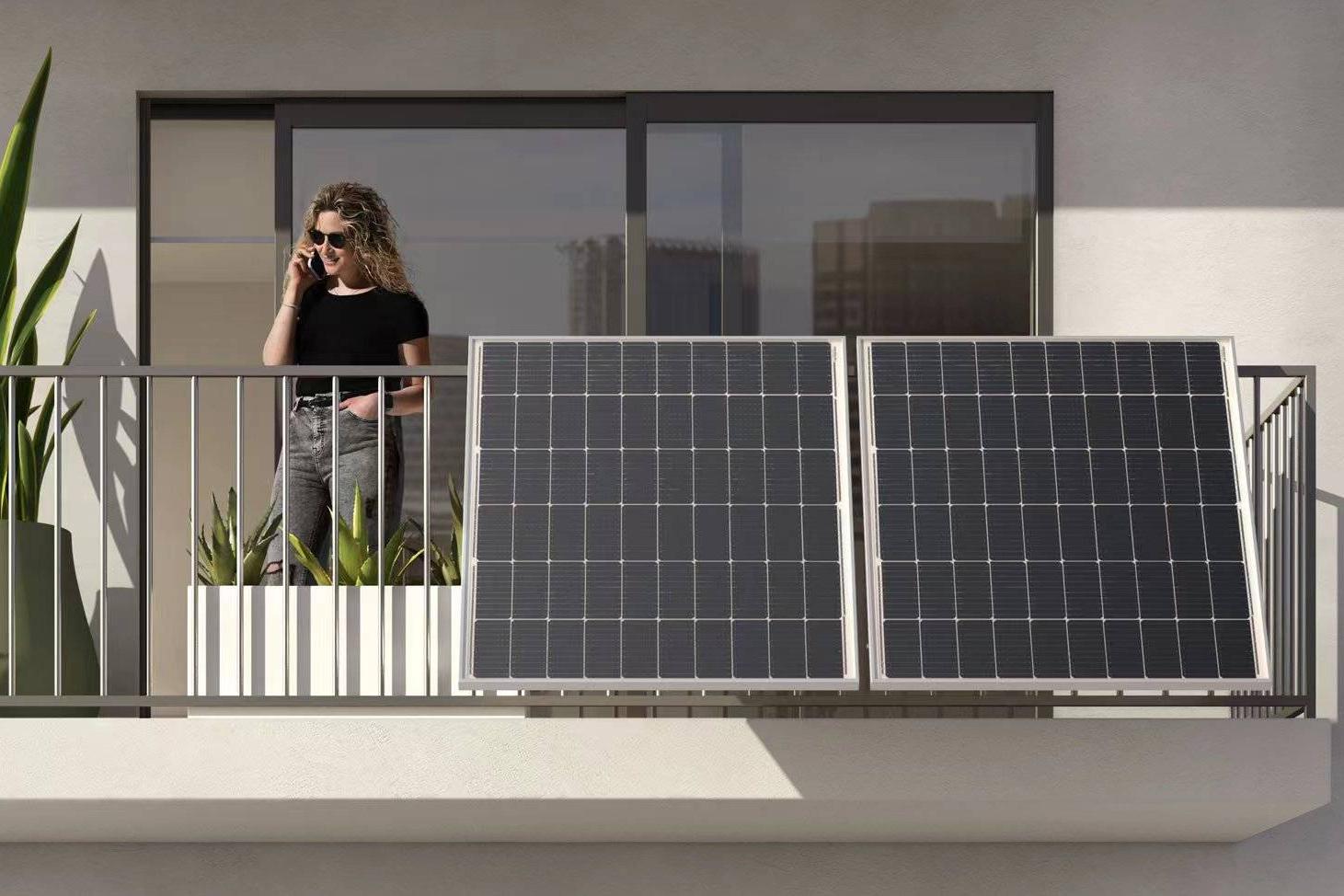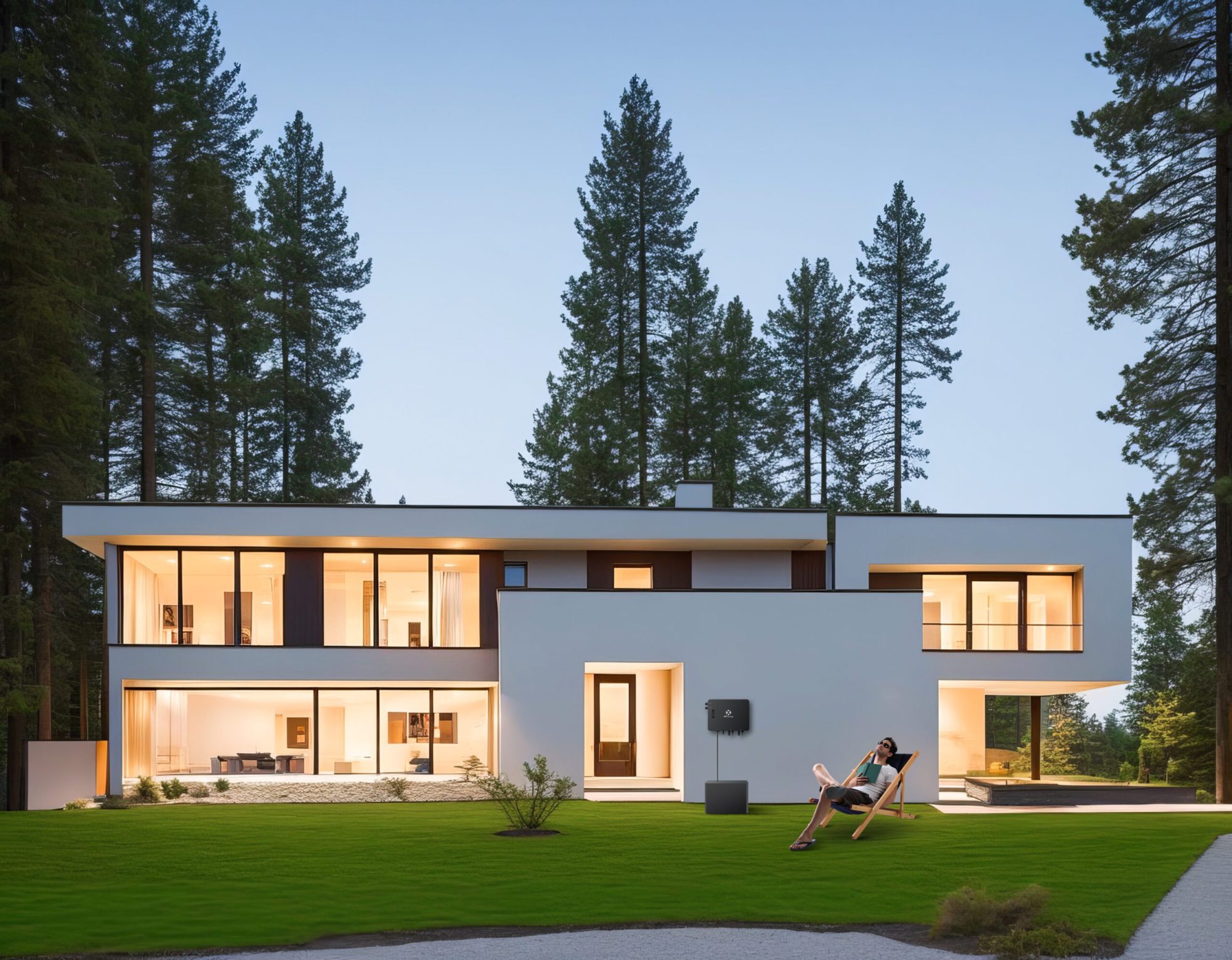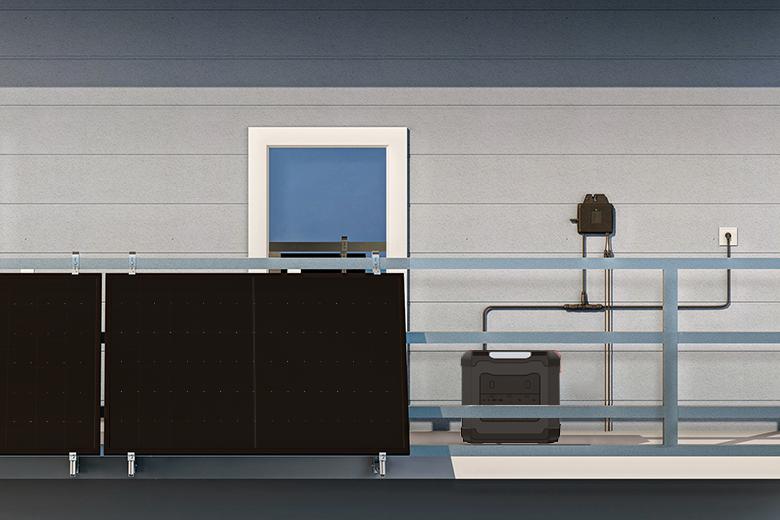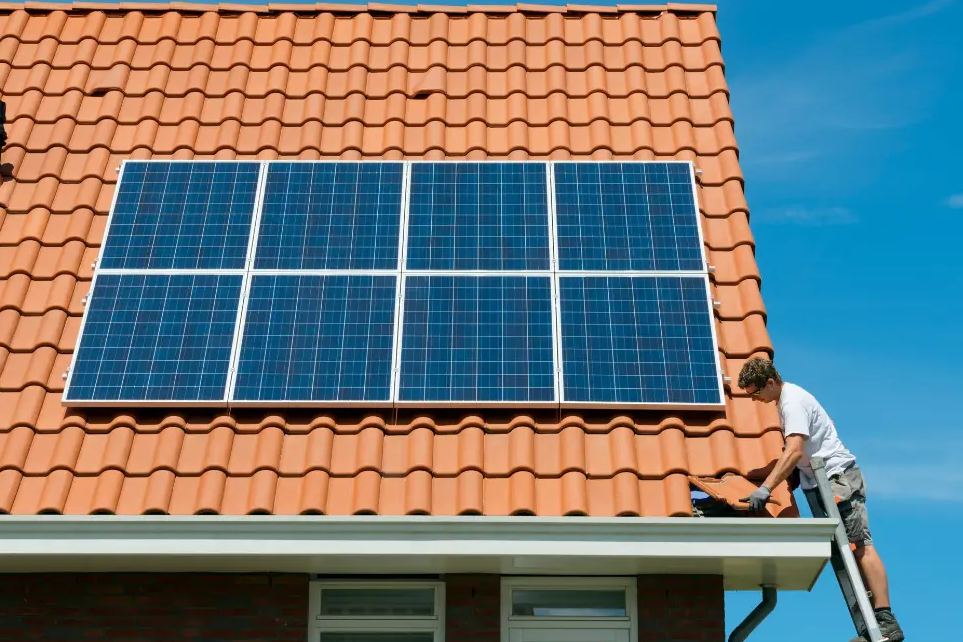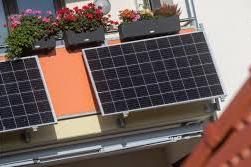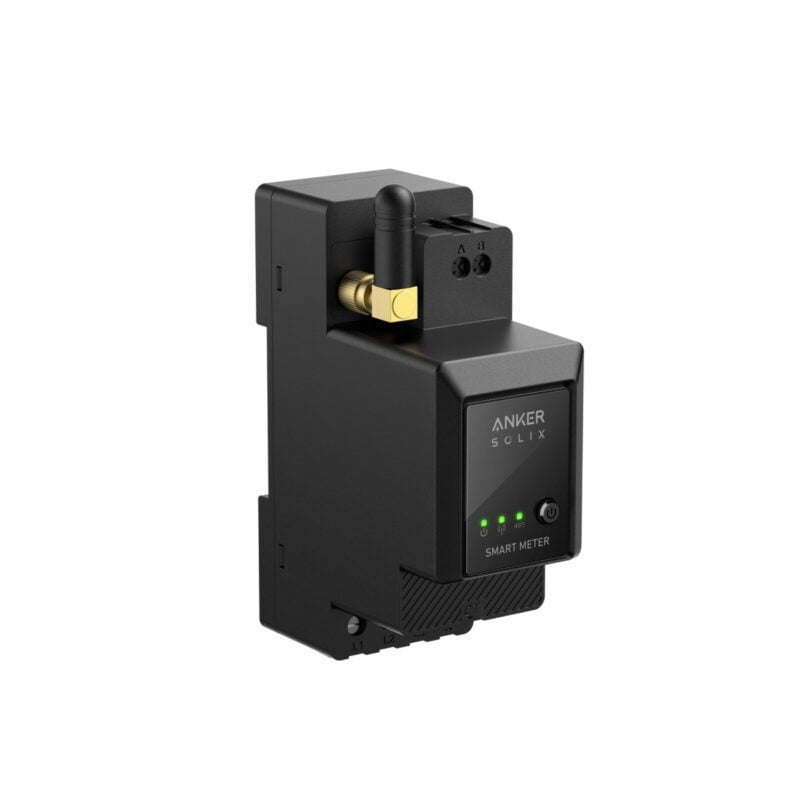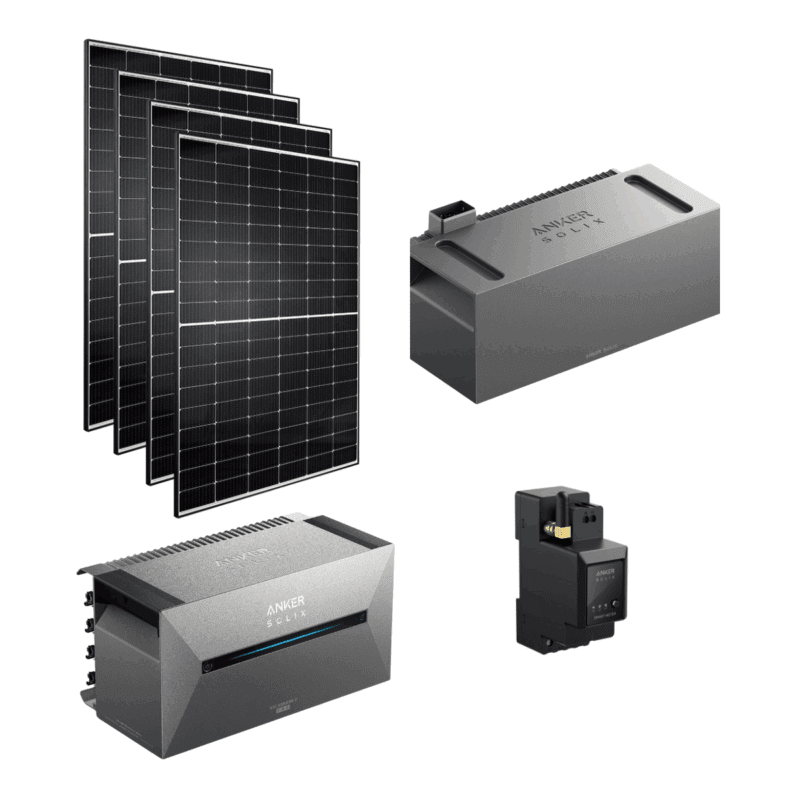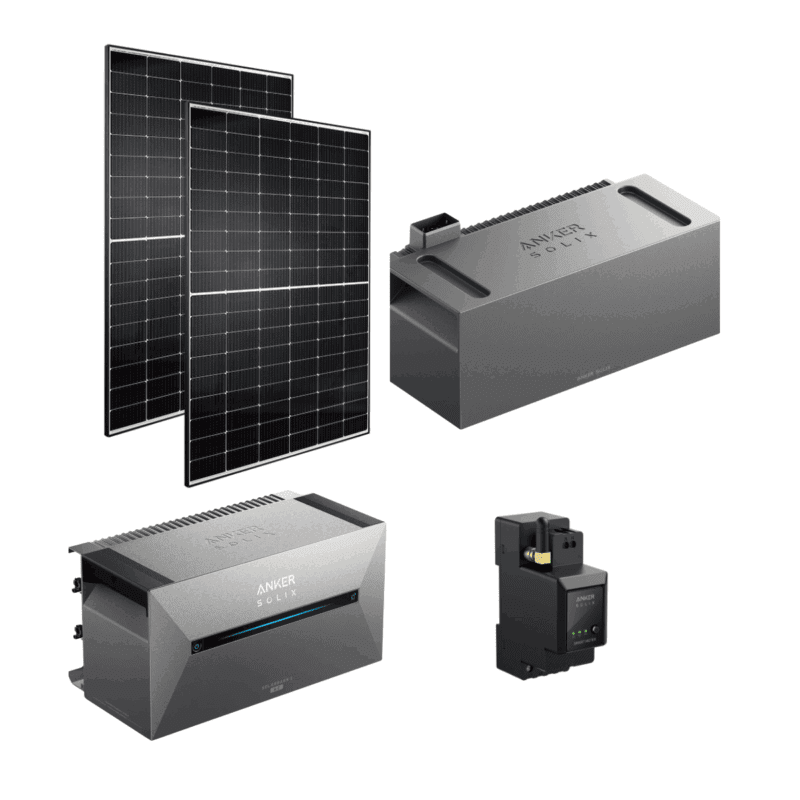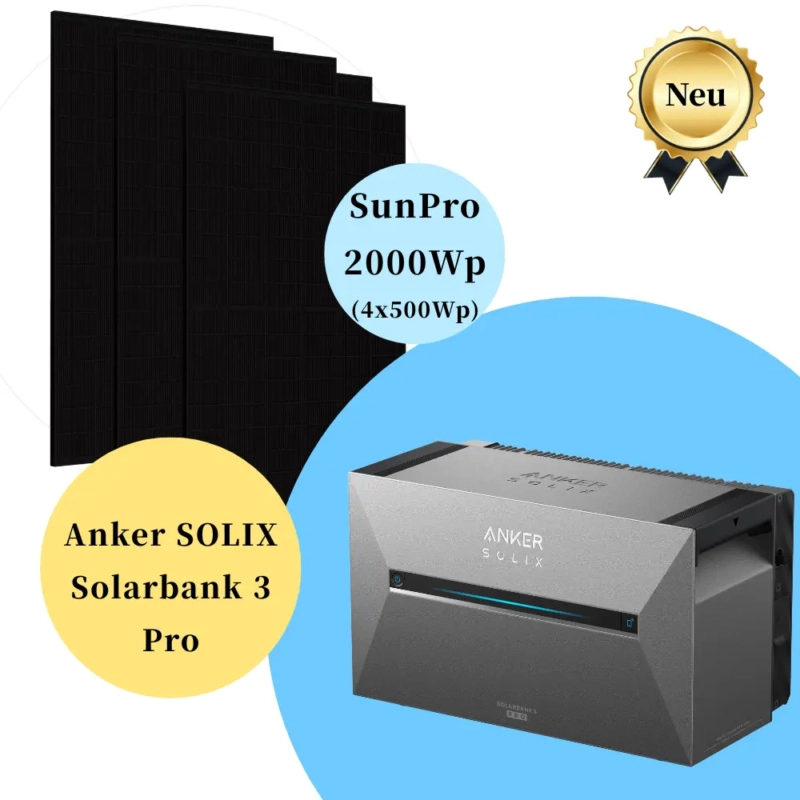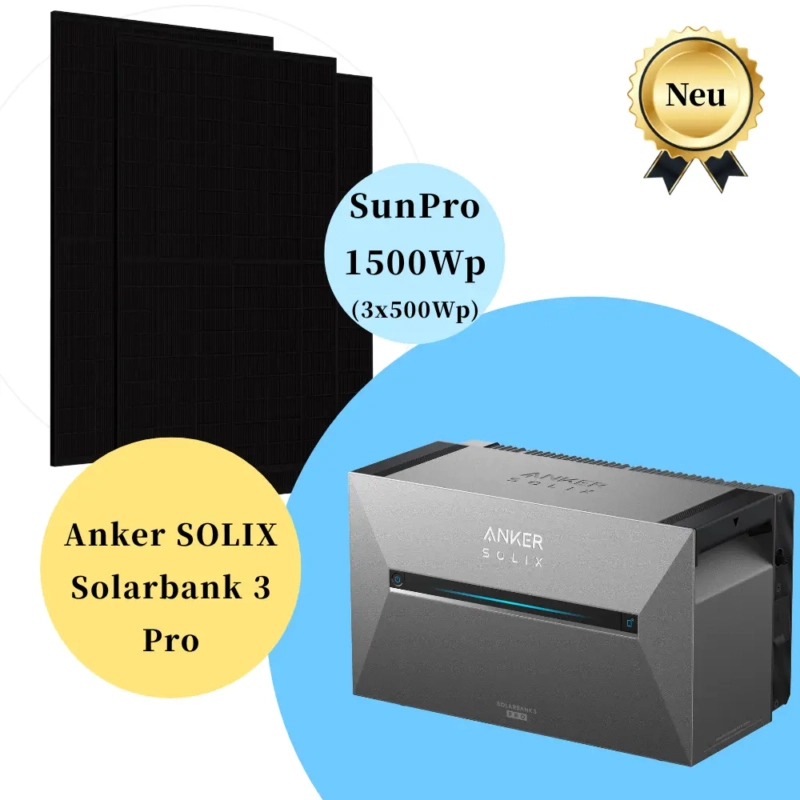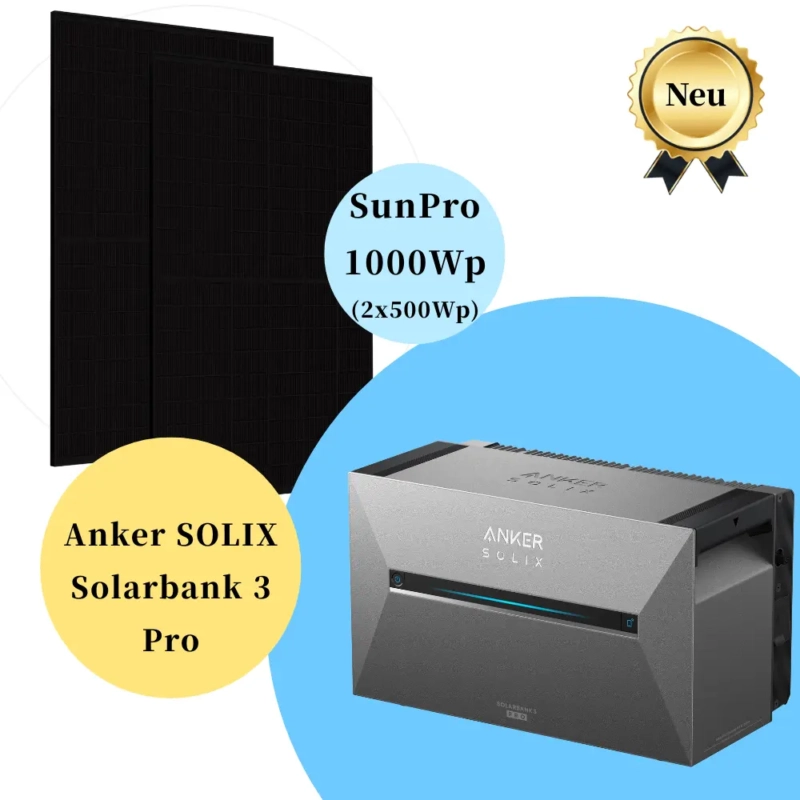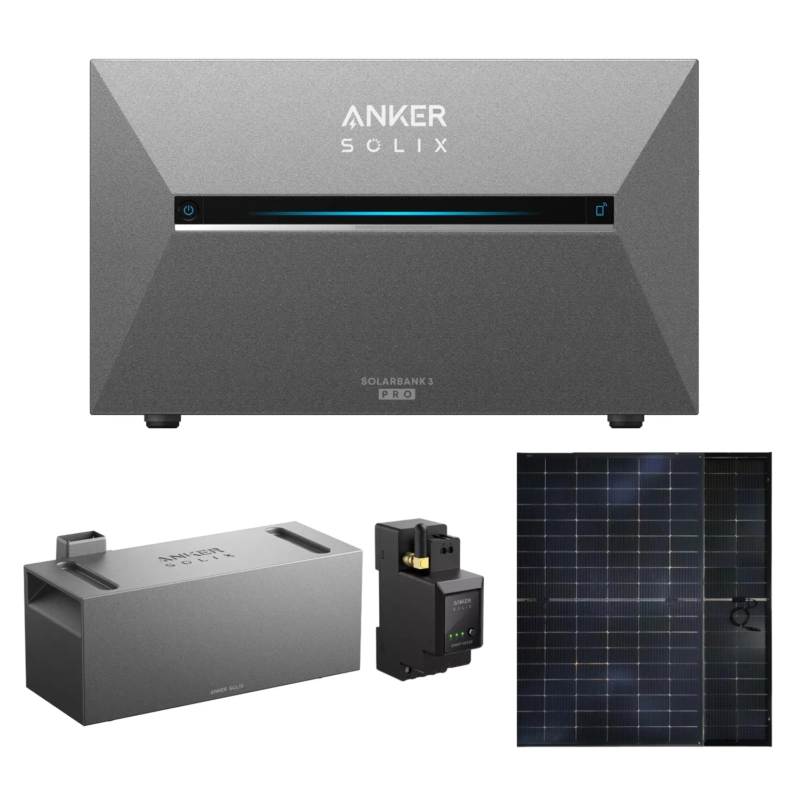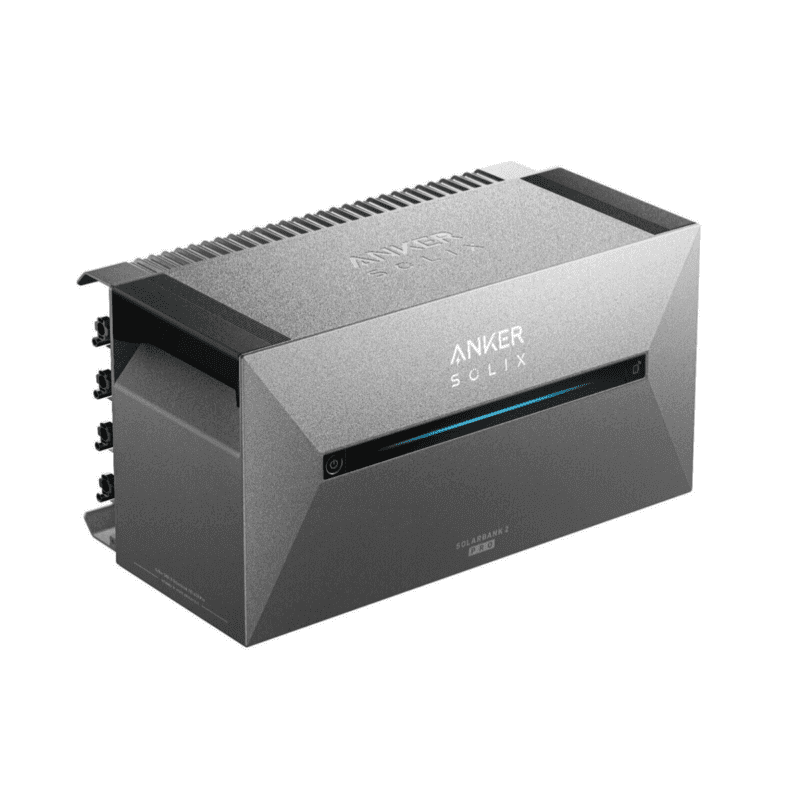Anker SOLIX Solarbank 3 E2700 Pro
Jetzt vorbestellen: Das neueste Power-Highlight von Anker SOLIX!
- Spare bis zu 1566€ im Jahr
- Spare noch mehr mit dynamischem Tarif
- Anker Intelligence für maximale Ersparniss
- Flexibel erweiterbar bis 16,128kWh
Recommended products
Anker SOLIX Solarbank 3 E2700 Pro
ACCESSORIES | Anker SOLIX Smart Meter
Anker SOLIX Solar Bank E1600 0W Output Switch
Anker SOLIX Solarbank 3 E2700 Pro und 2000Wp Panels mit optionaler BP2700
Anker SOLIX Solarbank 3 E2700 Pro und 1500Wp Panels mit optionaler BP2700
Anker SOLIX Solarbank 3 E2700 Pro und 1000Wp Panels mit optionaler BP2700
Anker SOLIX Solarbank 3 E2700 Pro
Anker SOLIX Solarbank 3 BP2700 Erweiterungsakku
Anker SOLIX Solarbank 2 E1600 Pro
Anker SOLIX solar bank 2 E1600 AC
Overview of bestsellers – choose with confidence
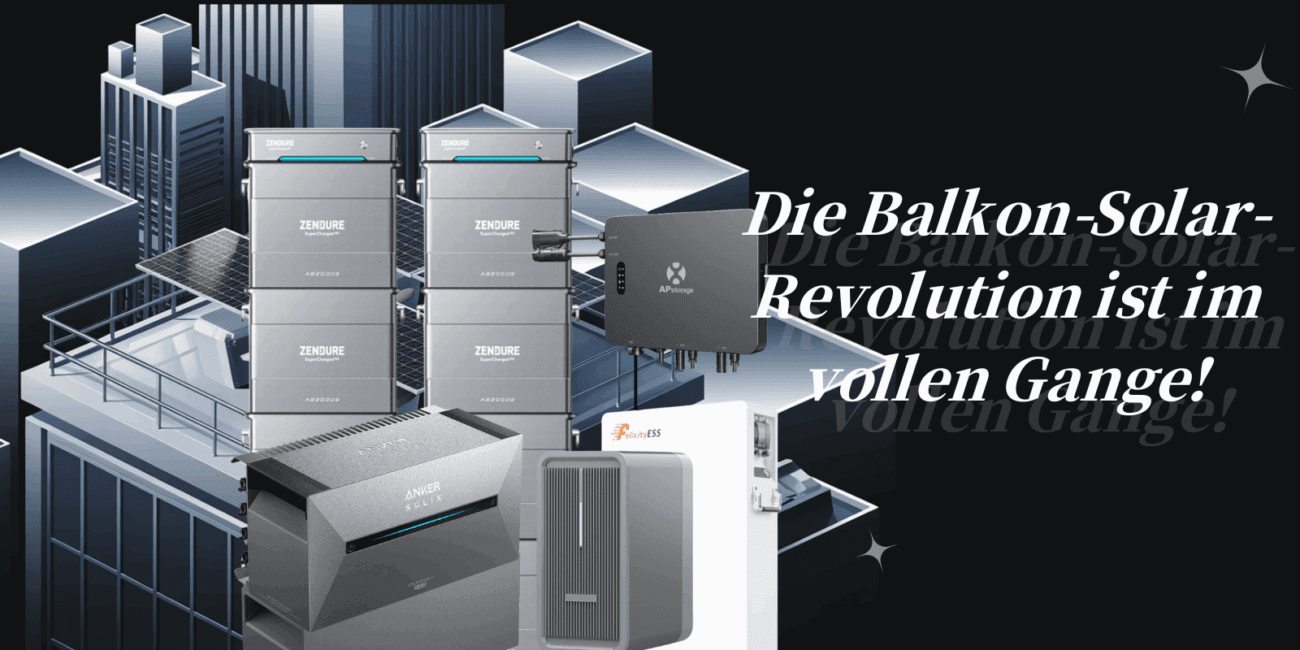
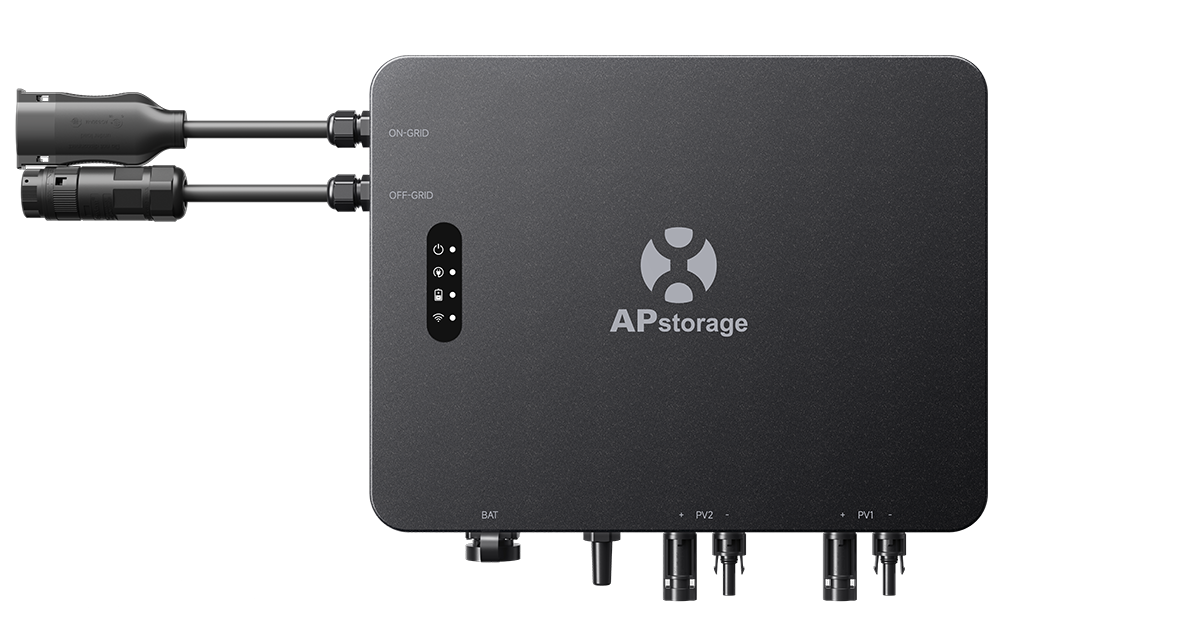
Balcony power plant | APsystems EZHI hybrid microinverter + storage 2760 Wh
APstorage
EZHI
The EZHI is a miniature energy storage solution specifically designed for photovoltaic systems on balconies.
The main benefit of this system is to store excess electricity generated during the day and use it at night or at a later time, thus improving energy utilization and optimizing cost efficiency according to customer needs.
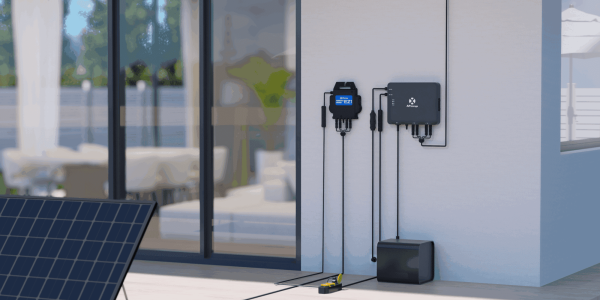

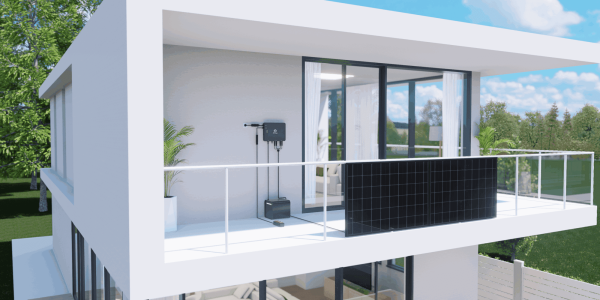
Balcony Power Plants Video Collection
Why you should start your personal energy transition with SolarFantasie

More than 15,000 households already use solar energy thanks to SolarFantasie
With SolarFantasie, many solar enthusiasts have already realized their dream of greater independence and more climate protection. Join us!

Complete sets for your installation location
Whether for balcony, garden or roof, with us you will find suitable solar systems for your application.

Simple and quick assembly
Our products include detailed assembly instructions and installation instructions – so you can easily assemble them yourself.

Lifelong customer service
At SolarFantasie, we'll never leave you alone with your questions about your balcony power plant or solar system. Use our service center or contact our customer support experts.
What people say
The balcony power plant specialist
Thousands of customers trust our expertise. Our experienced consultants are available to provide advice and support both before and after your purchase.

Quality promise
Top brands stand for tested and reliable quality.

Excellent service
Trust is good, proof is better: 99.11% positive top reviews speak for themselves.

Premium shipping
Secure packaging, fast delivery. Perfectly protected from our warehouse, delivered directly to your door.

Learn more about SolarFantasie
We are SolarFantasie, a company founded in the heart of Pfungstadt
